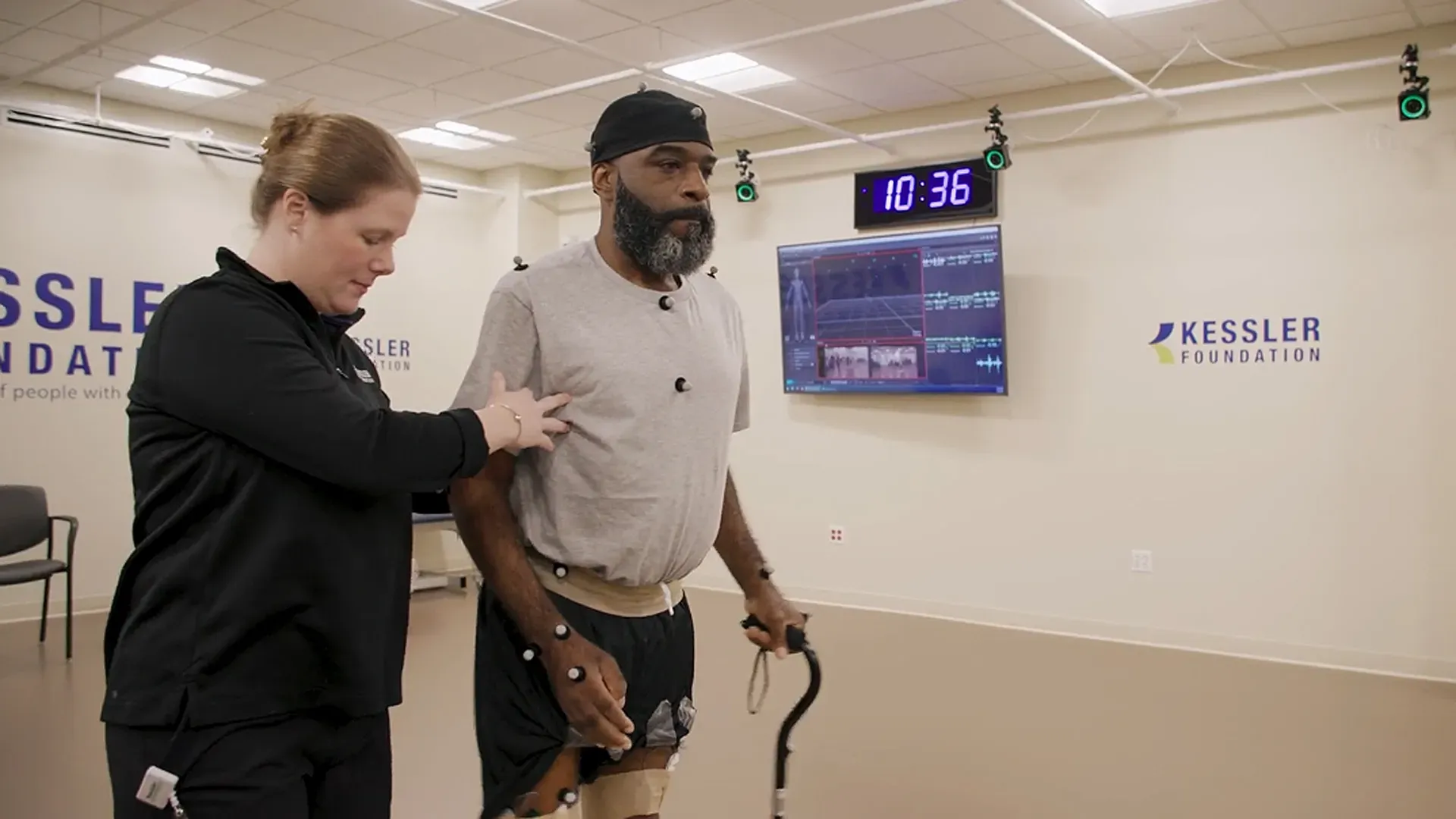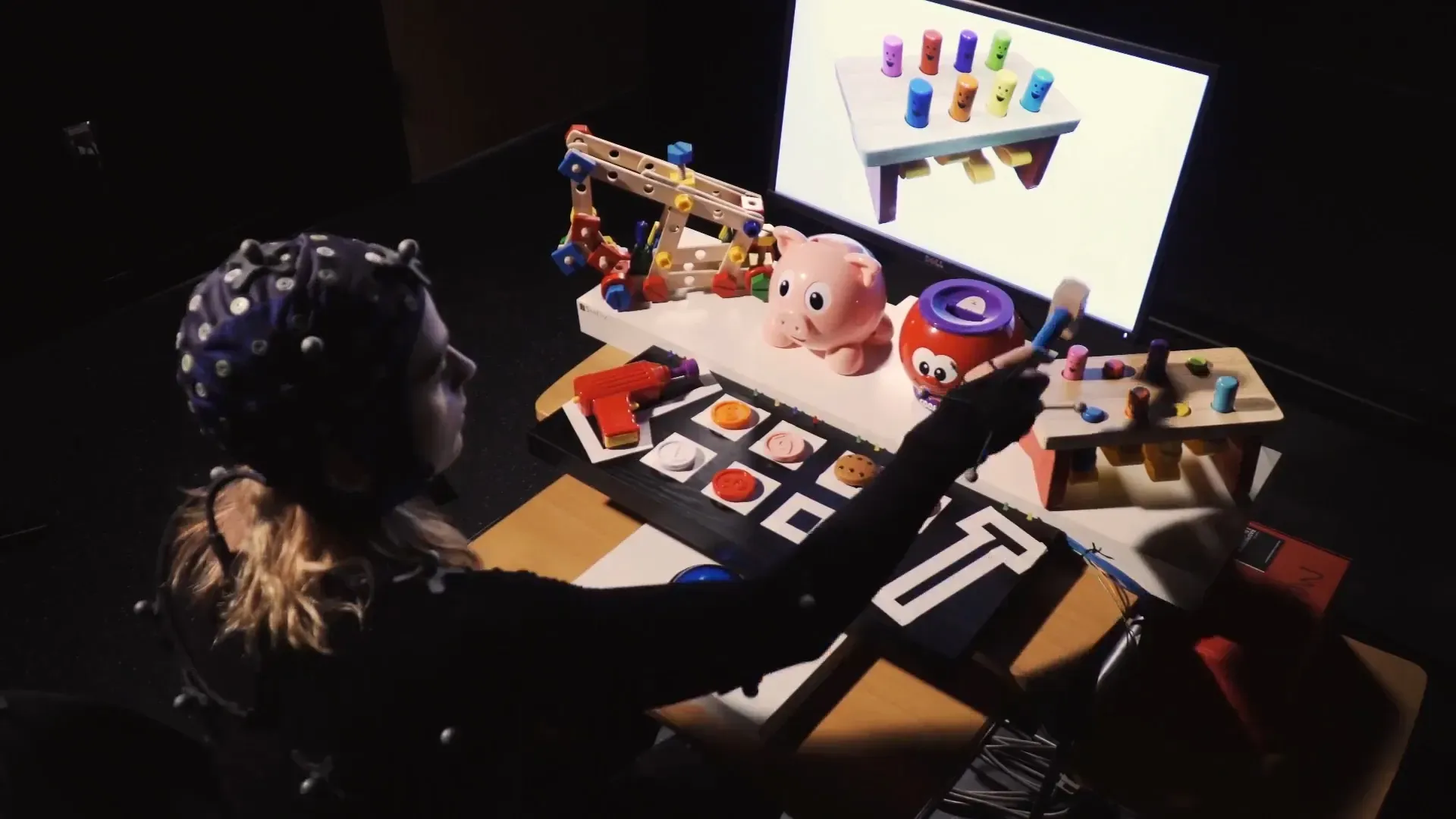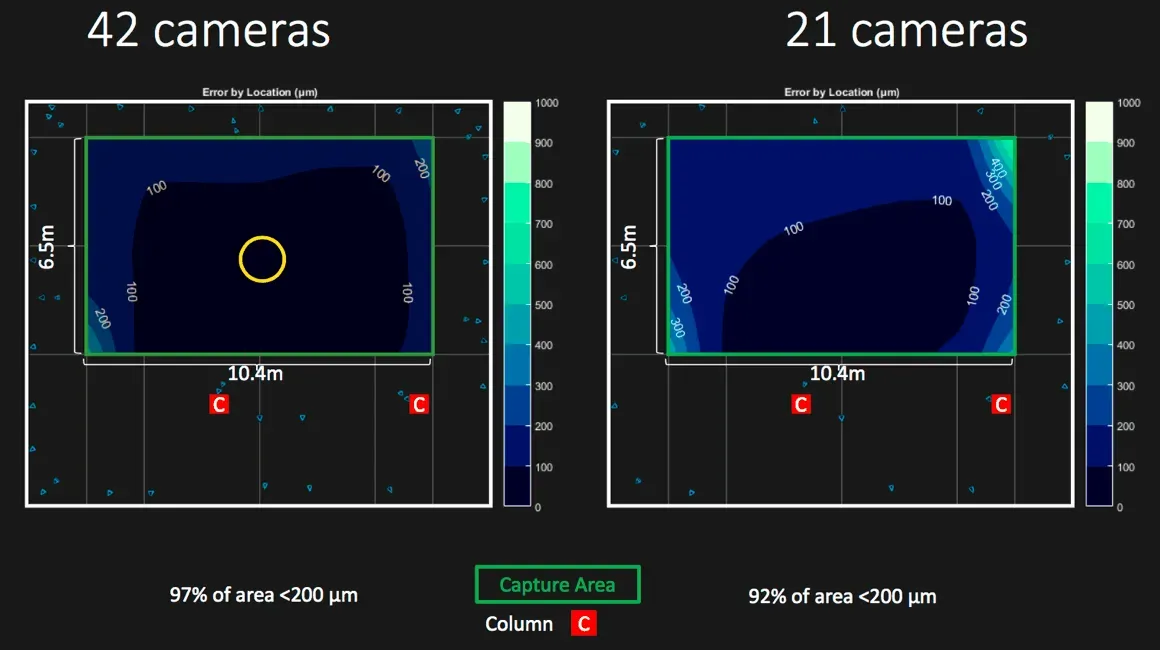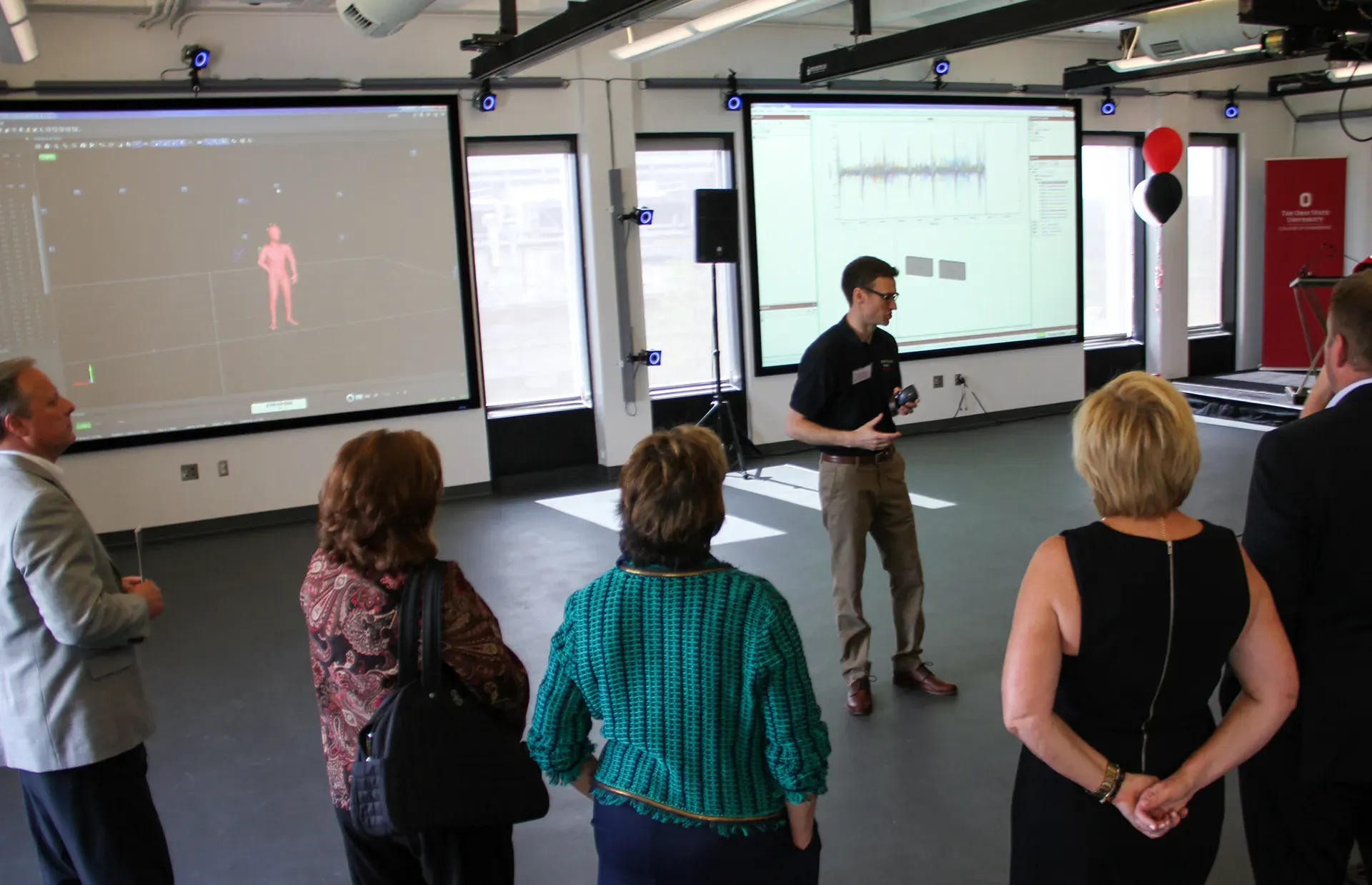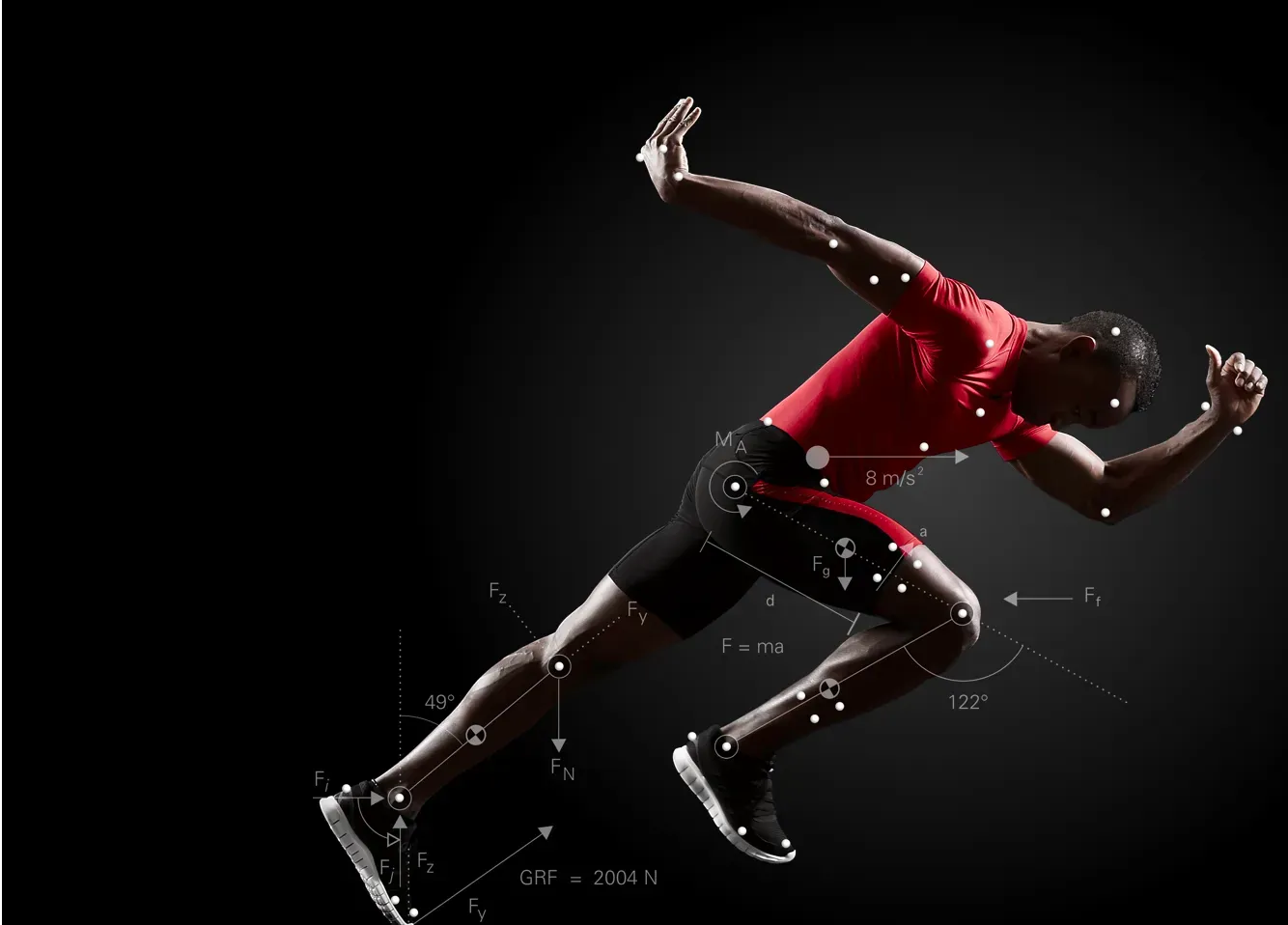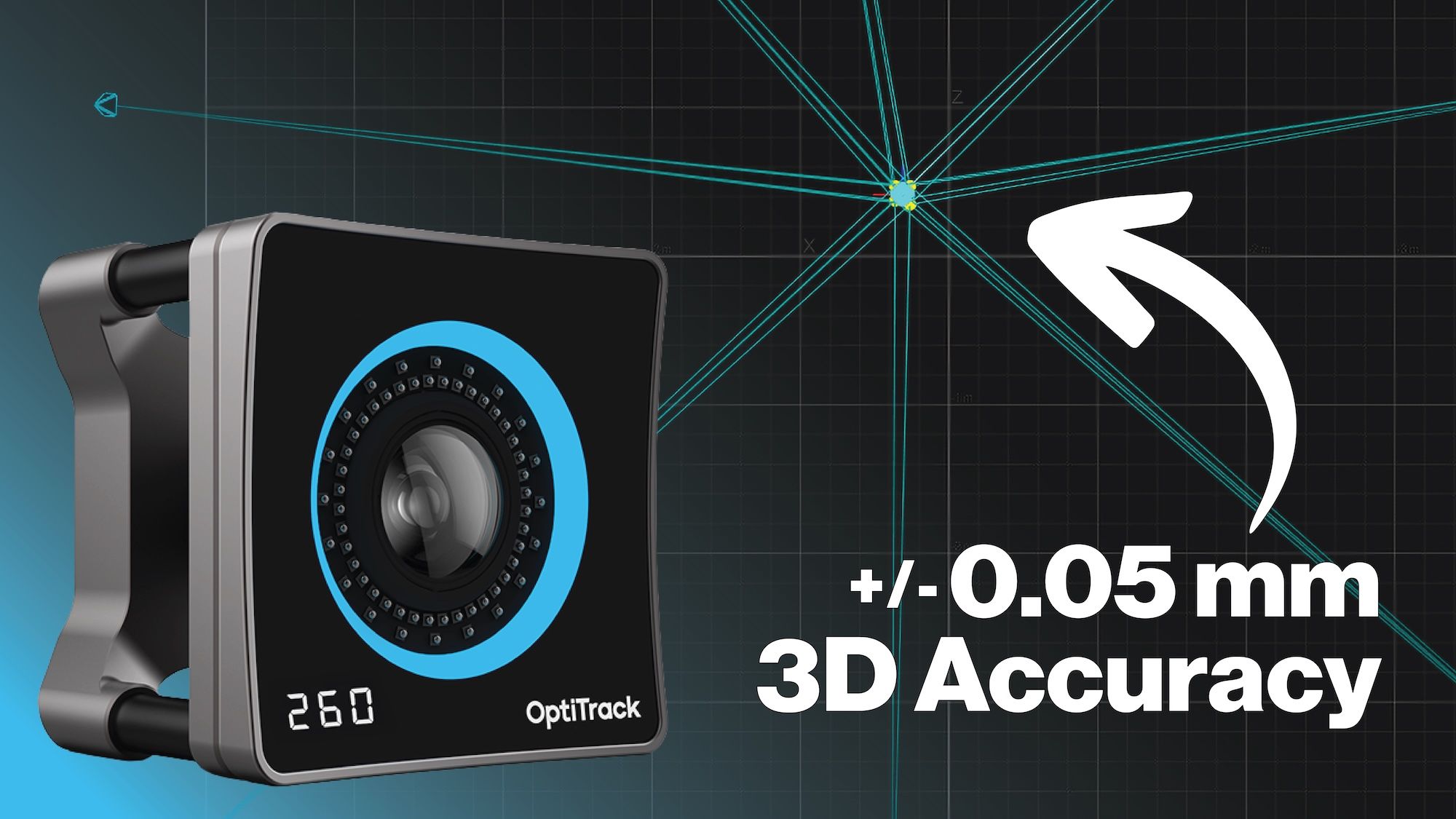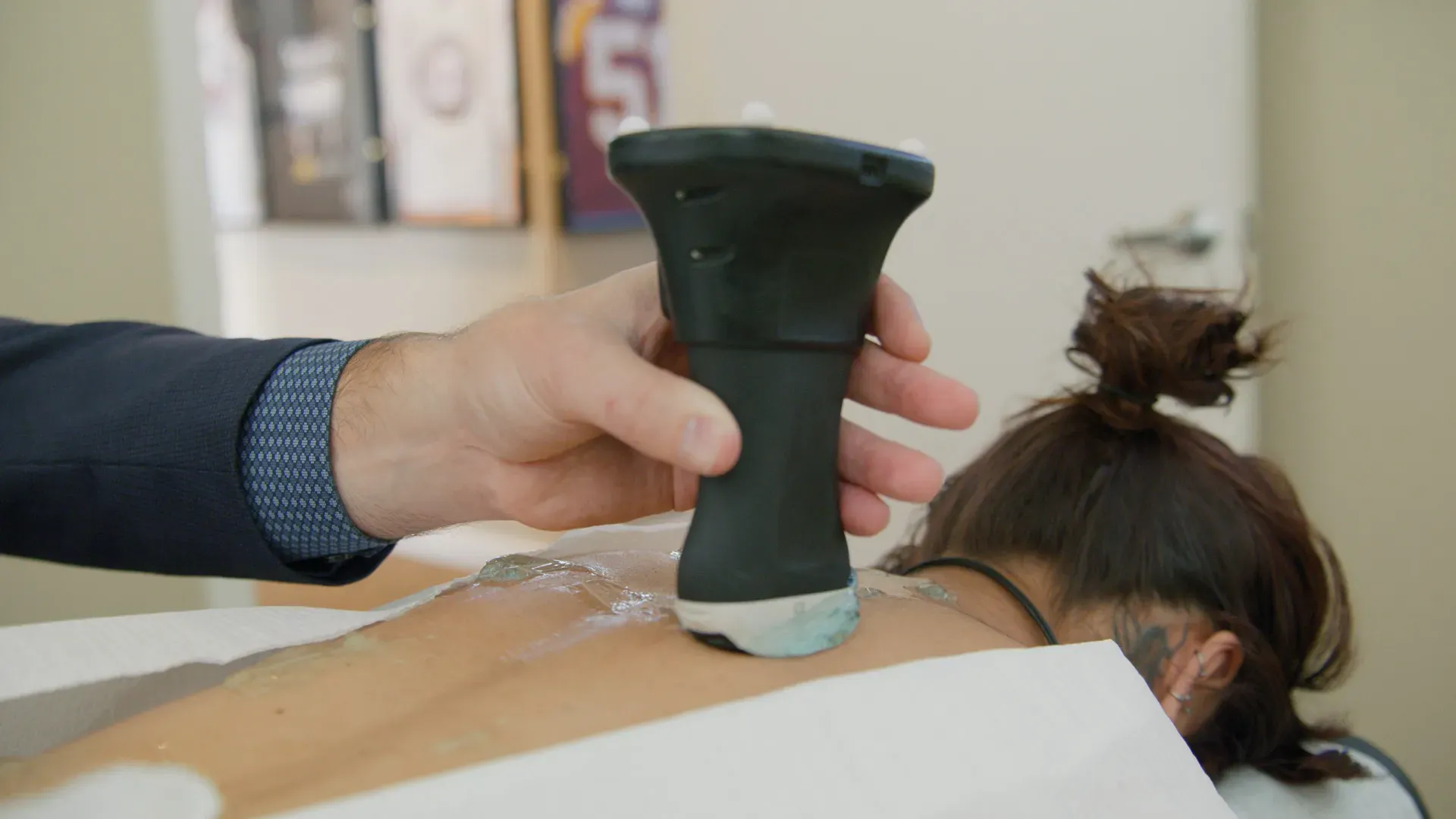
Pioneering a 3D Ultrasound Imaging Application for Spinal Diagnostics
Many innovators have developed new technologies from the ground up, while others find ways to combine existing advancements to solve problems in entirely new ways.
The idea for 3D ultrasound diagnostic imaging of the spine first took root when Chris Schlenger, CEO of Verdure Imaging, saw an ultrasound image of his daughter's face in utero. After her birth, he was struck by the accuracy of the technology. A chiropractor by trade, Schlenger wondered why ultrasound wasn't used to visualize spinal structures.
"I thought, 'If we could just see the surface of the spine, it would really help inform what kind of chiropractic care to provide a patient,'" he said.
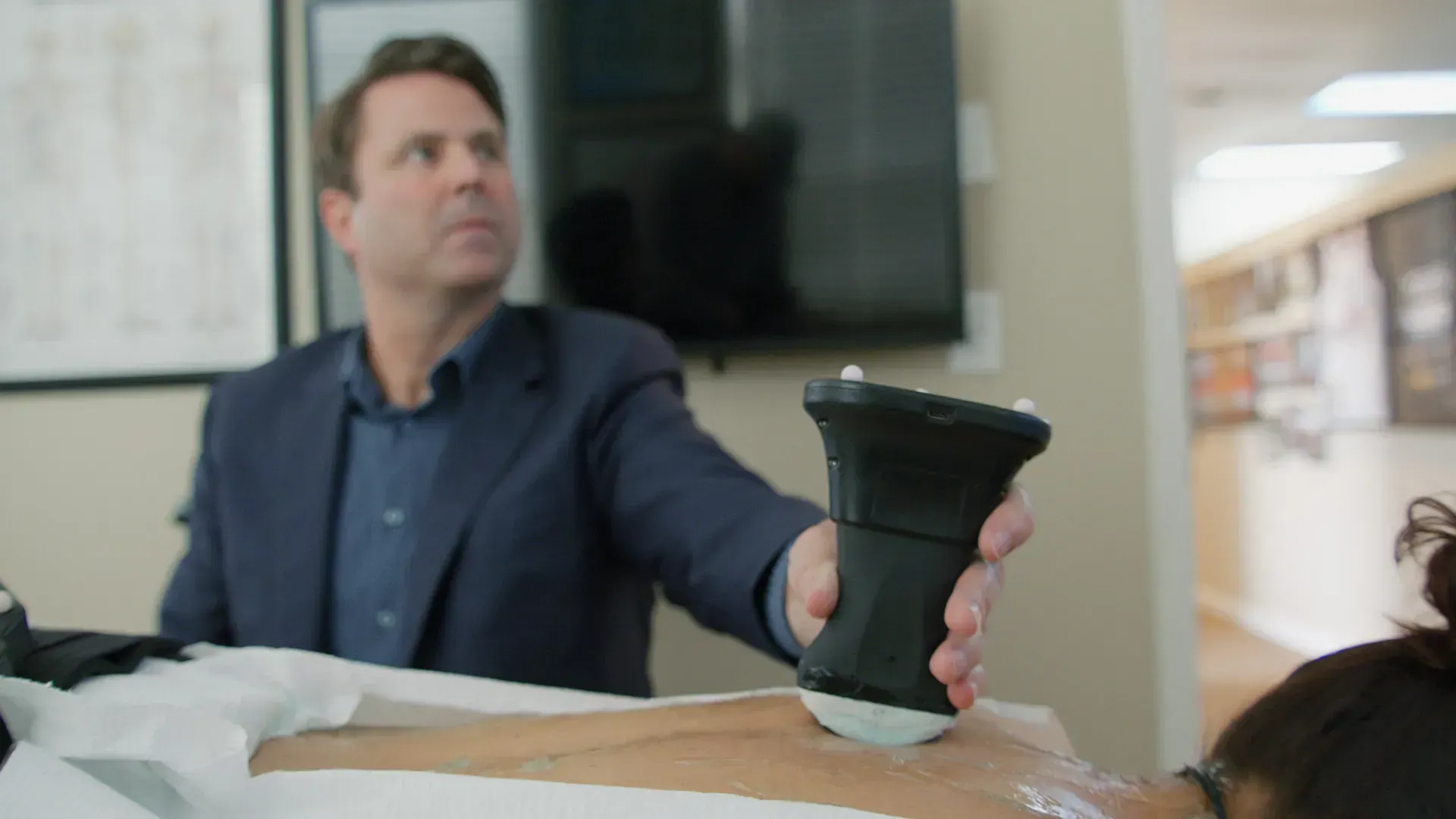
Upon exploring the idea, he soon discovered why. Ultrasound waves do not effectively penetrate bone and tend to bounce away from detectors, making it difficult to capture clear images of the bone surface. Still, his curiosity persisted, leading him to explore tracking as a way to enhance 2D ultrasound images into more accurate 3D renderings.
"There are a couple of methods to track ultrasound in a medical environment," Schlenger explained. "One is electromagnetic tracking, which works well for very short distances. But for our purposes, optical tracking was the best option because it allowed us to cover larger distances and incorporate multiple cameras." However, finding a viable tracking solution was initially challenging. The application needed to track a handheld ultrasound scanner as it moved along the spine, bending and twisting to capture dimensional imagery. "From a technical standpoint, we needed a system accurate enough to track both off-angle and several feet across the spine," Schlenger said.
Schlenger partnered with the Laboratory for Percutaneous Surgery at Queen's University in Kingston, Canada, which was prototyping an ultrasound-guided intervention system for translational clinical research.
Through the university's connections he explored different options. None were able to meet his needs and requirements until one of the university's team members directed him to OptiTrack, where he found the ideal solution. "OptiTrack provides any tracking configuration you need — whether it's wide or narrow angle, a large or small room, or active or passive tracking," Schlenger said.
Tracking Precision for 3D Imaging
Schlenger's 3D spinal ultrasound imaging application — named SpineUS — features an OptiTrack system with three Slimˣ 13 cameras and a handheld ultrasound scanner equipped with active LED markers housed in diffuser spheres. The setup also includes a consumer PC running the SpineUS application and a tracker reference device with LED markers secured to a patient using a Velcro belt. OptiTrack's Motive software enables seamless integration between the tracking system and the SpineUS application.
The SpineUs software application installed on the PC interacts with both OptiTrack's Motive motion capture software and the ultrasound scanner's firmware. By assigning tracking data to each captured ultrasound image, the software effectively synchronizes the ultrasound imaging data with the tracking data obtained through Motive.
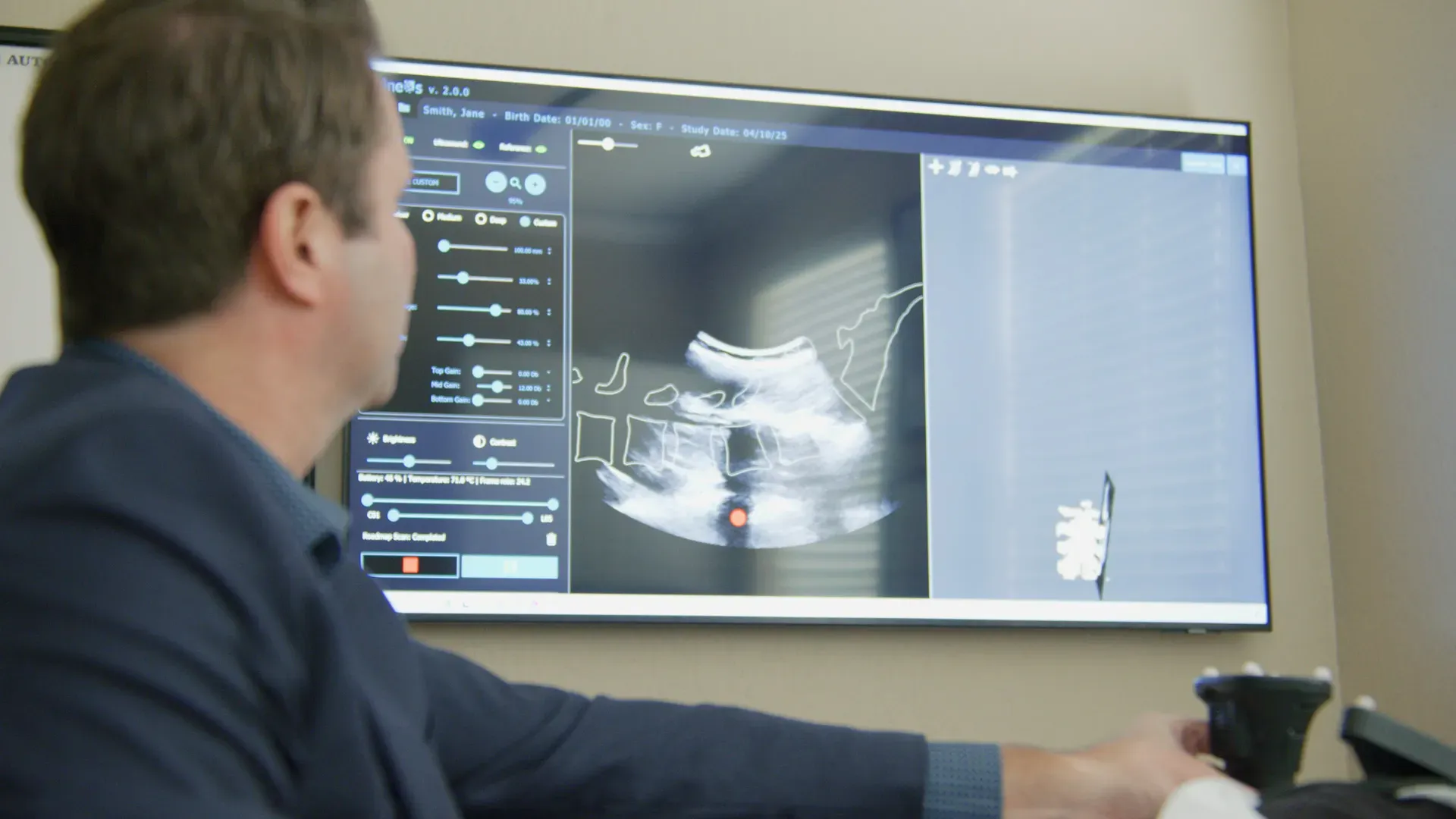
"The LED spheres emit a unique marker pattern that OptiTrack tracks," Schlenger explained. "We then calibrate the tracking data from the ultrasound scanner relative to the reference. To accomplish that, we designed a tool to determine where those points exist in space, creating a coordinate system."

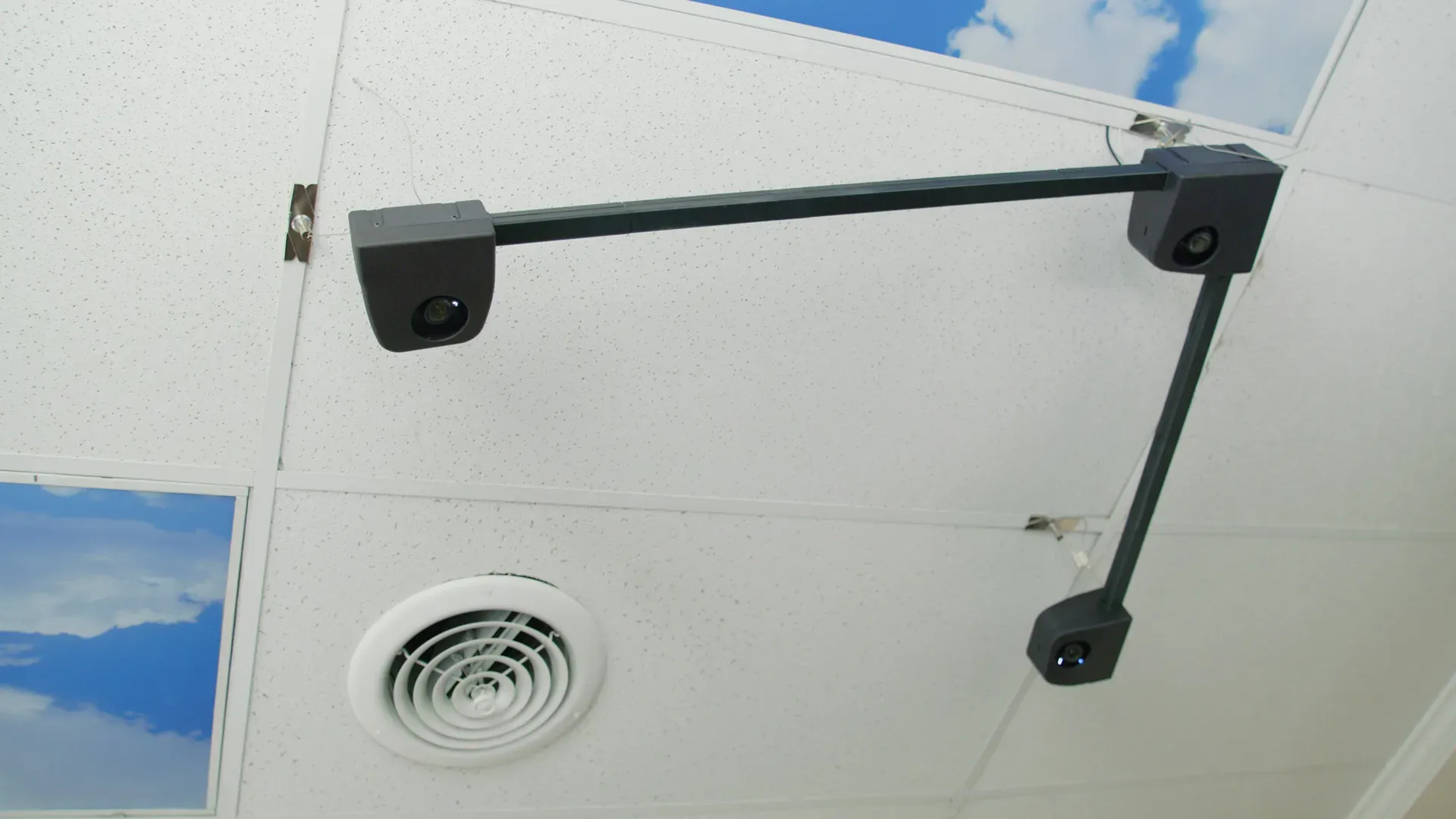
As the ultrasound scanner shifts and rotates along the spine, OptiTrack captures six degrees of motion. "With OptiTrack, we can determine the scanner's position relative to the reference markers with submillimeter accuracy, which is extremely precise and accurate, " Schlenger said. "This level of reliability is crucial, as it ensures more valid measurements for diagnoses like scoliosis analysis."
AI Integration
The capabilities of AI presented a tremendous breakthrough. Schlenger and his team discovered they could leverage AI-powered real-time algorithms to enhance the clarity of their 3D ultrasound images, enabling clearer visualization of the spine's surface.
"AI is so good at analyzing large volumes of data in a very short time," Schlenger said. "It can process over 22 frames per second. It's phenomenal how quickly AI can analyze an entire frame and accurately reconstruct it in a 3D context." This all happens in near real-time.
This marked a major turning point. Schlenger now envisions applications extending beyond spinal imaging. "Tracking combined with AI will revolutionize ultrasound diagnostic imaging," Schlenger said. "Traditional ultrasound images can be raw and noisy, but now we can enhance them to reveal detailed structures, potentially opening the door for liver diagnostics, kidney evaluations and arterial assessments."
Another key advantage is that it eliminates radiation exposure, presenting a safer diagnostic solution. This benefit has attracted interest from Children's National Hospital in Washington, D.C.
"We conducted research at the hospital related to scoliosis-diagnosed cases, monitoring children that potentially were going to require surgery," Schlenger said. "The hospital is interested in future collaborations from a wellness perspective. Scoliosis cases that are nearing the threshold for surgery require regular imaging, which increases the risk of cancer, especially in children. Minimizing patient risk is their priority. So the big use case we see is for screening because there is no harm."
In October 2024, Schlenger received FDA clearance for SpineUS to analyze spinal alignment, opening new opportunities in chiropractic care and physical therapy.
Download PDF
Click the link to download a PDF of this customer story: https://d111srqycjesc9.cloudfront.net/OptiTrack_Case-Study_Verdure-Imaging-SpineUS.pdf
About OptiTrack
OptiTrack is a worldwide leader in 3D tracking technology, offering cutting-edge solutions renowned for accuracy and reliability. With a comprehensive range of high-performance cameras, software, and accessories, OptiTrack supports a diverse group of users ranging from entertainment and biomechanics to research and ground truth robotics. From capturing the subtle nuances of human movement to tracking complex interactions in virtual environments, OptiTrack technology empowers users to track, analyze, and visualize motion data with unprecedented detail. Whether it's providing training or offering guidance on system optimization, OptiTrack is your partner in pushing the boundaries of what's possible, empowering innovation across the globe.
